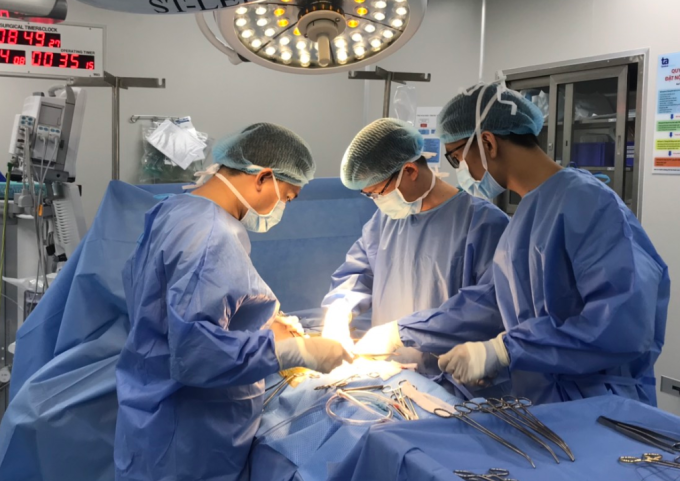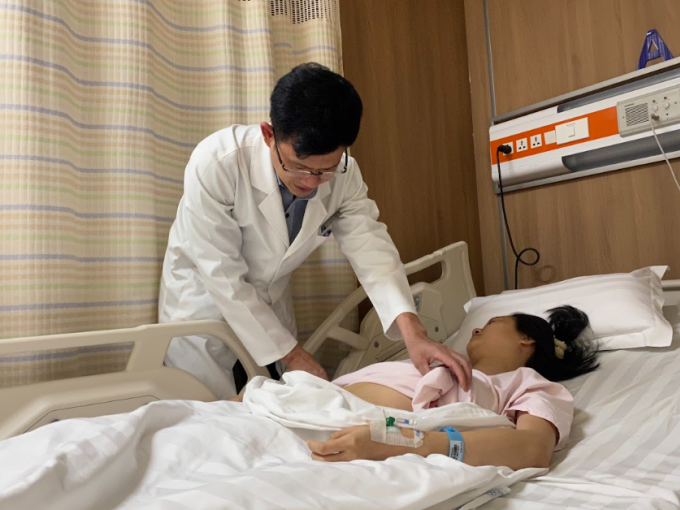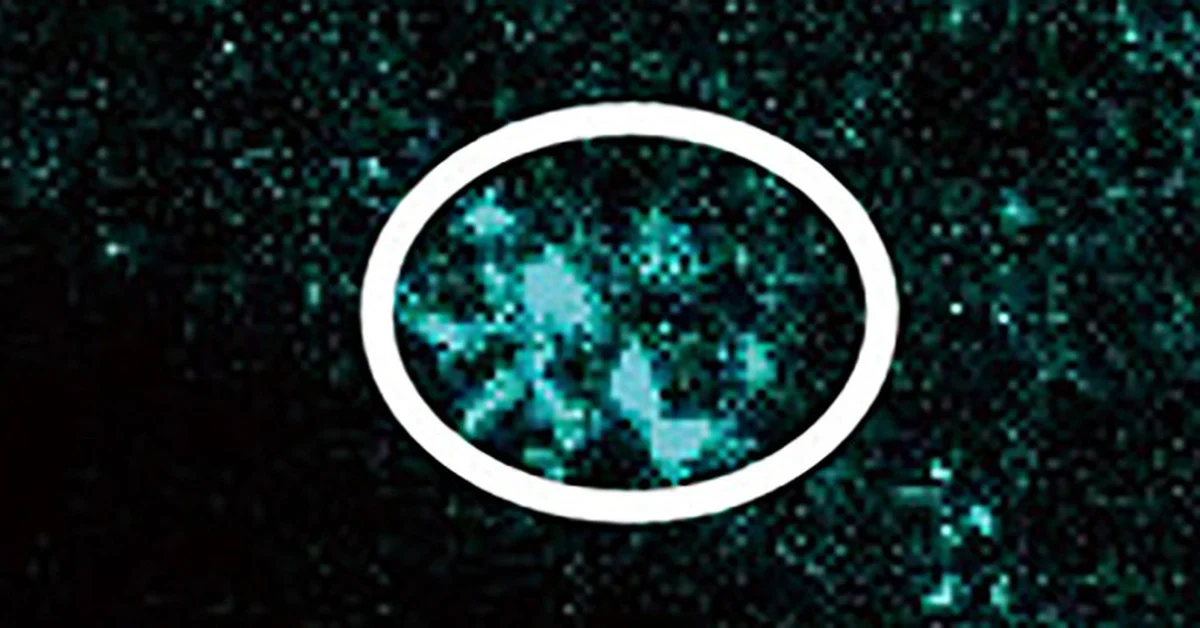Ms. Thu, 25 years old, was diagnosed with early stage cervical cancer after giving birth.
Four months after giving birth to her first child, Ms. Thu (living in Ho Chi Minh City) went to Tam Anh General Hospital in Ho Chi Minh City for examination and screening for cervical cancer. The obstetrician discovered that she had a small wart on her cervix that bled easily when touched. Pathology tests showed positive results for HPV type 18, the cause of about 70% of cervical cancer cases.
The results of the pelvic magnetic resonance imaging (MRI) showed that in addition to the cervical lesion measuring 1.8 cm, Ms. Thu's uterus had an abnormal mass at the base measuring 8x20x11 mm, suspected to be malignant, with no lymph node metastasis. The doctor determined that the patient had stage IB1 cervical cancer, possibly accompanied by endometrial cancer.

Doctor Tan (middle) and his surgical team performed an open hysterectomy using the latest generation of American Harmonic Scaple ultrasound. Photo: Tue Diem
On May 22, Dr. Huynh Ba Tan - Department of Breast Surgery, Tam Anh General Hospital, Ho Chi Minh City, prescribed radical hysterectomy and bilateral pelvic lymph node dissection. The patient retained both ovaries to maintain endocrine and reproductive functions.
The surgical team made a horizontal incision on the pubic bone instead of a vertical incision in the middle of the abdomen to reduce pain and ensure aesthetics. After 90 minutes, the patient was transferred to the department and discharged after 3 days.
On the day she was discharged from the hospital, Ms. Thu said that when she received the cancer results, she could only hug her husband and cry because "at 25 years old and with a new baby, everything seemed to collapse". She was lucky to have her husband by her side to comfort her: "Hold on, we will overcome everything".

Doctor Tan checks Ms. Thu's surgical wound before leaving the hospital. Photo: Nguyen Tram
Dr. Tan added that cervical cancer is now occurring in many young people. The cause is high-risk HPV infection. This is a sexually transmitted virus that can cause penile cancer, anal cancer, and oral cancer.
The earlier you start having sex, the earlier you are at risk of getting HPV. Most cases of HPV infection have no symptoms, and the body naturally eliminates the virus within 12-24 months. In a few cases, the virus continues to exist in the body and progresses to cancer.
According to the recommendations of the US Centers for Disease Control and Prevention (CDC), both boys and girls aged 11-12 years (can start at age 9) should be vaccinated with 2 doses of HPV vaccine 6-12 months apart. If over 15 years old, they should be vaccinated with 3 doses, 6 months apart. Vaccination can prevent infection with HPV types other than the type that is infected.
Dr. Tan noted that HPV vaccination cannot replace cervical cancer screening.
Women should undergo regular screening before and during pregnancy to detect precancerous or cancerous lesions early. Most precancerous lesions detected during pregnancy do not require intervention until after delivery. If cervical cancer is detected, treatment will be tailored to the stage of the disease, gestational age, and patient wishes.
Dr. Tan emphasized that cervical cancer screening during pregnancy does not increase the risk of miscarriage regardless of the gestational age. The doctor uses a broom-like instrument to collect cells from the cervix, without affecting the fetus in the uterus.
Duc Nguyen
*Character names have been changed.
Source link




























































Comment (0)